Across the U.K., police stations have been closing due to budget cuts. It’s no different in London, as stations are being consolidated into a more centralized force. But with fewer stations, where can the public find a police officer when they want to?
To answer this question, the City of London Police is bringing back an old idea: the police box. After hosting an open competition, inviting architects to submit new designs for the box, it has just crowned a winner. The London architecture studio Unknown Works led the design of the London Stones, a vision for a tiny police office and community center in one, clad in natural rock as a fixture intended to last 200 years.
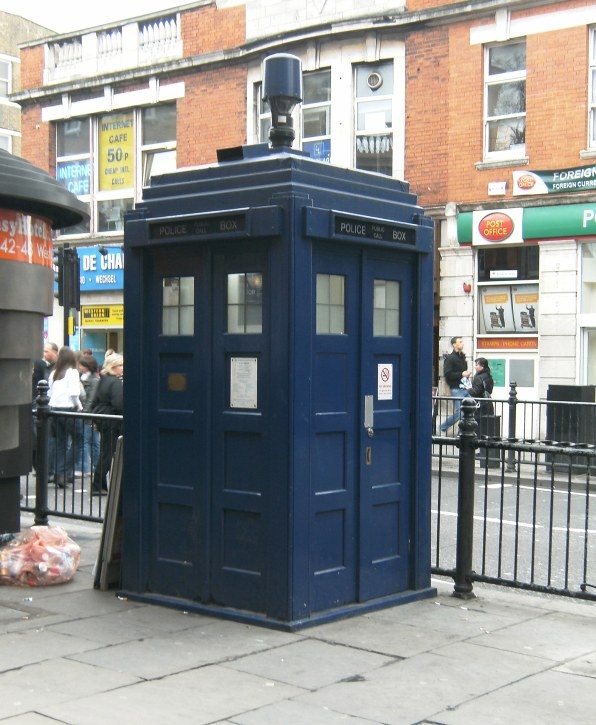
“They wanted to reinvent the police box for the 21st century,” says Theo Games Petrohilos, a founding director at Unknown Works. “Most people outside the U.K. know the police box through Doctor Who. . . . This is a reinvention of that for the 21st century, but paired with a completely new way of engagement with the city police.”
Indeed, the blue police box is an icon recognized around the world. First built in the 1920s, these boxes were essentially telephone booths that let citizens or street police report crimes. Their very design was closed off with panels rather than windows, like a secret room sitting right on the street. (No wonder Doctor Who ran with this idea and imagined a time-traveling spaceship inside the blue box.) As cellphones have made telephones obsolete, police boxes across the U.K. have since been removed. Those still standing are there for the heritage of the city, not for their function.
While it’s a design icon, the vintage police box also encapsulates a now-criticized view of policing. It’s an emergency system that implies we require officers to be a militaristic force to respond to crime and enact justice, rather than to serve as a first, empathetic touch point to a broader suite of social services. (Though you might still ask whether police should be a first community touch point at all.)
“Part of the design brief was to create these small outposts, to get the Bobby on the beat,” says Petrohilos. “[They want] police walking around engaging communities.”
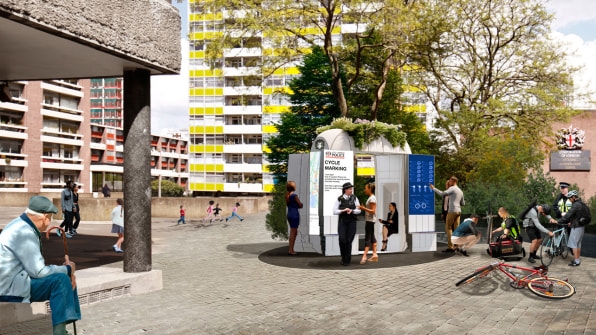
The design of London Stones is the antithesis of the classic police box. Even though it’s designed to look like a big rock, its windows and walls open instead of being stuck closed, so it’s meant to be a place where the community feels free to gather, rather than sprint to in an emergency. The new design has roughly two and a half times the footprint of the original box.
When in use by an officer, the rock opens up. Its steel-framed panels fold out to reveal something that looks a lot more like a bus stop than a police station, complete with shared seating for the public to chitchat even when they’re not specifically reporting a crime. Visitors need not even engage with an officer if they don’t want to; touchscreens invite residents and tourists alike to find city information (this UX is being designed by Seymourpowell, known for designing the Virgin Galactic spaceship cabin).
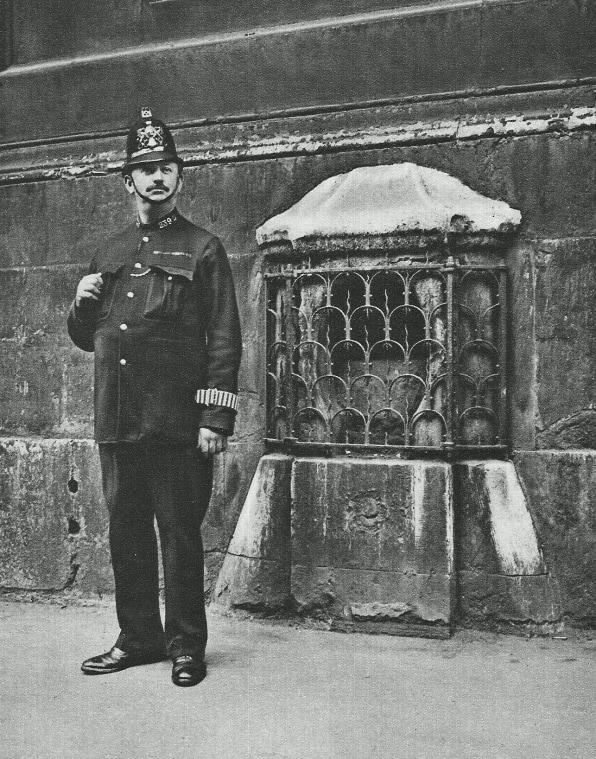
[Photo: Flickr user Leonard Bentley]
When it’s not in use, London Stones sits like a giant boulder, complete with a face of natural stone (inspired by the London Stone, a mysterious wayfinding artifact of the city). The natural surface is not meant to be power washed, but is designed to harbor lichen—to make it literally part of the London ecosystem, embracing nature at its core and inviting local scientists to sample it and track biodiversity. Meanwhile, at night you might notice its colorful surface projections, designed to host pieces from local artists.
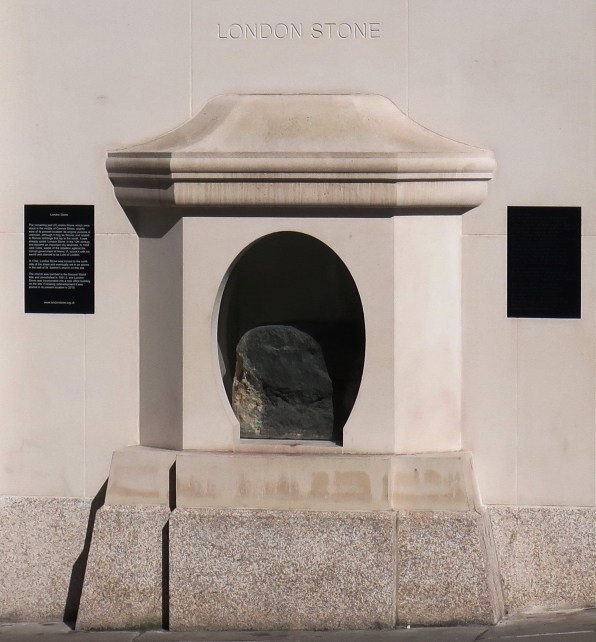
[Photo: /Wiki Commons]
“When it’s closed, it doesn’t feel closed,” Petrohilos says. “That was a key for us. You’re used to seeing [rooms] stuck on the street that look closed and unused.” Instead, he says these buildings should always “hum with energy.”
London’s police force has been doing public outreach with ad hoc tents set up on the street. London Stones takes that idea and makes it permanent, so someone always knows where they can go to reach an officer. Aside from all that, however, London Stones serves as an office for a police officer. (Yes, it can be entirely closed off if an officer needs to do heads-down work. In theory, such privacy could allow someone to report a crime slightly more anonymously, too.)
“Something interesting we heard when we were talking to various policemen: If you’re out on a beat at night, you don’t have an office,” Petrohilos says. “But it becomes a nice place to FaceTime your kid before bed.”
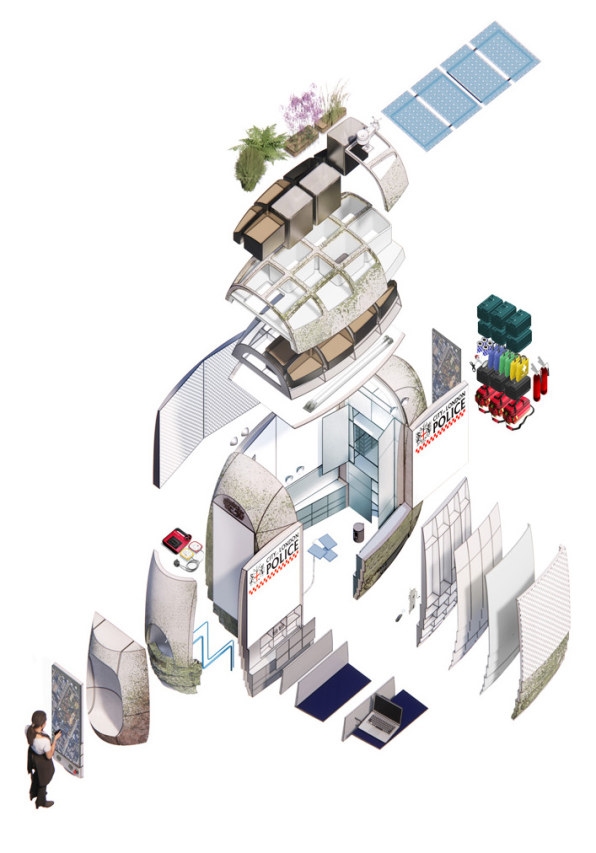
Beyond its day-to-day use, the London Stones would also provide space to store items the community might need in an emergency, like a defibrillator, fire extinguishing equipment, and police tape. In theory, some of these emergency items would be available to the public, even without the presence of a police officer. It’s all part of the vision for the London Stones, that these would be “shared territory” between the public and police, rather than a mere beacon of authority.
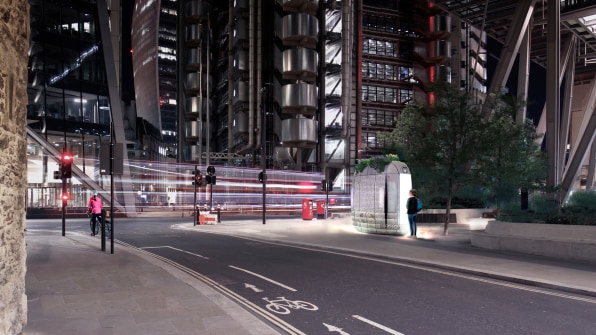
So what’s next for the project? Truth be told, while Unknown Works won the competition, it still hasn’t received direct feedback on its final design from the city or its police department. The next step, however, would be to incorporate their specific feedback and work toward building a prototype to test.
“It’s the nature of architectural competitions,” says Ben Hayes, founding director of Unknown Works. “You enter blind with a basic brief. The engagement [with the client] comes after.”
(38)